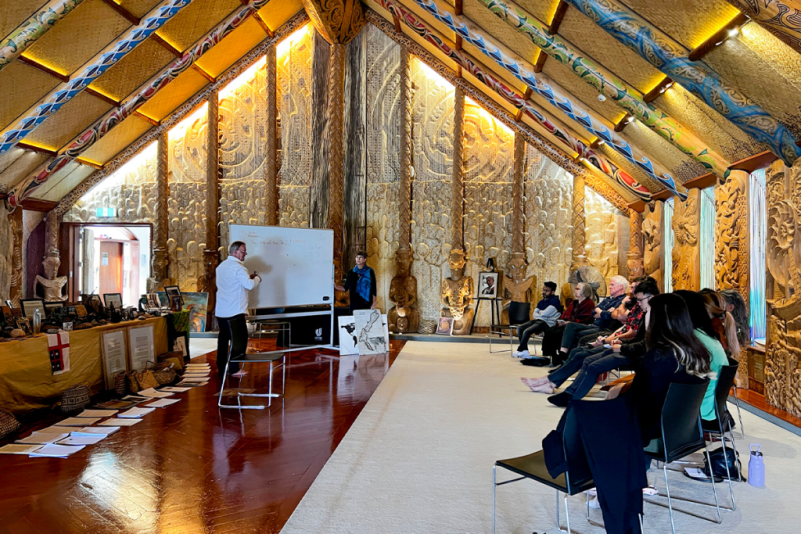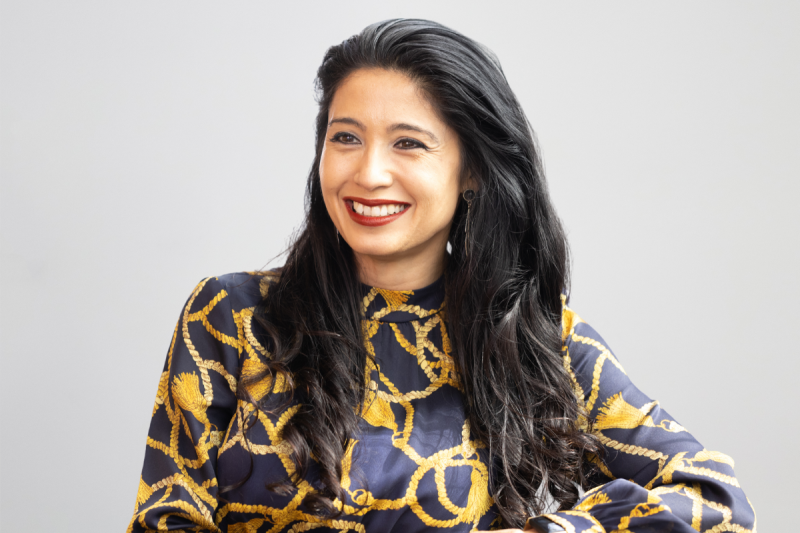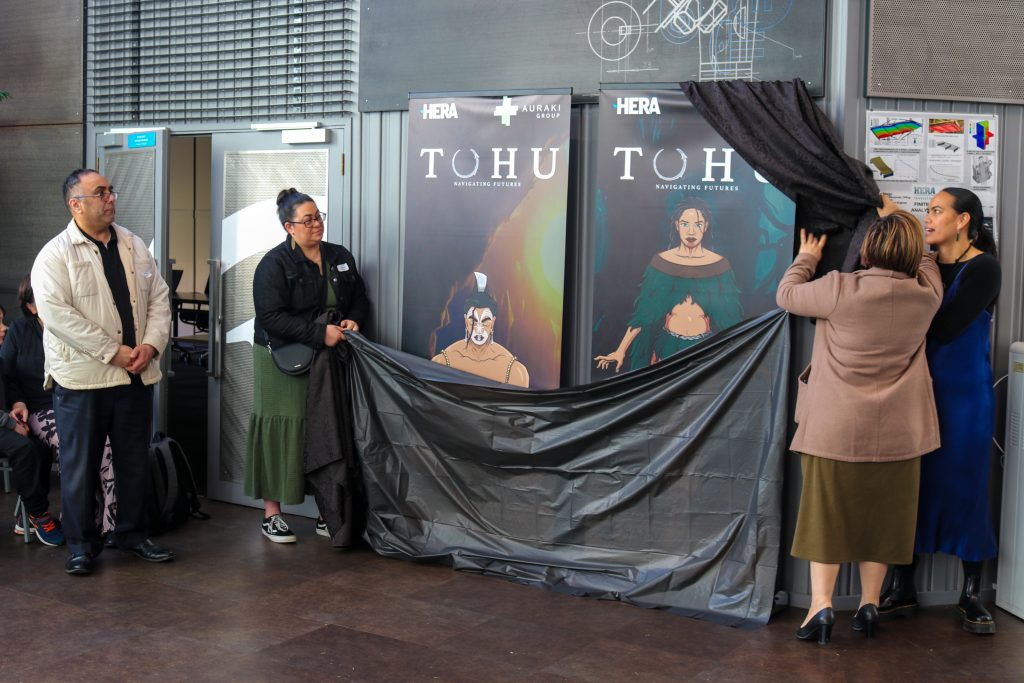Your cart is currently empty!
Mātauranga Māori
Mātauranga Māori is a living resource, a body of knowledge that has been accumulated by Māori over time, and has developed and grown in response to our ever-changing world. The perspective this taonga (treasure/resource) offers to our mahi in Aotearoa is invaluable.
In its simplest form, mātauranga Māori, the traditional knowledge of Māori, uses kawa (cultural practices) and tikanga (cultural principles) to examine and understand the world. It is a distinctive view of relationship between people and environment and draws from three baskets of knowledge:
- Te Kete Tuāuri – ritual knowledge
- Te Kete Tuāutea – eternal knowledge
- Te Kete Aronui – secular knowledge
Working within mātauranga Māori recognises Māori as important partners in shaping the future of Aotearoa. Unlocking the potential of this knowledge base via research and innovation within the heavy engineering industry is undoubtedly beneficial for New Zealand as a whole.
Ko taku reo taku ohooho, ko taku reo taku mapihi mauria.
My language is my awakening, my language is the window to my soul.
Inside this section:
In engineering
By 2030, Māori will make up over 30% of the national workforce. By 2050, Māori, Pasifika and Asian will make up over 50% of New Zealand’s population. Our mahi is focused on attracting this workforce into heavy engineering by providing a career pathway and support.
In the workplace
There are always multiple ways to get a job done! If we allow ourselves to explore diverse approaches and perspectives we unlock the potential to improve. Our mahi is focused on providing practical tools and insights that lead to more innovative and inclusive outcomes for heavy engineering is Aotearoa.


